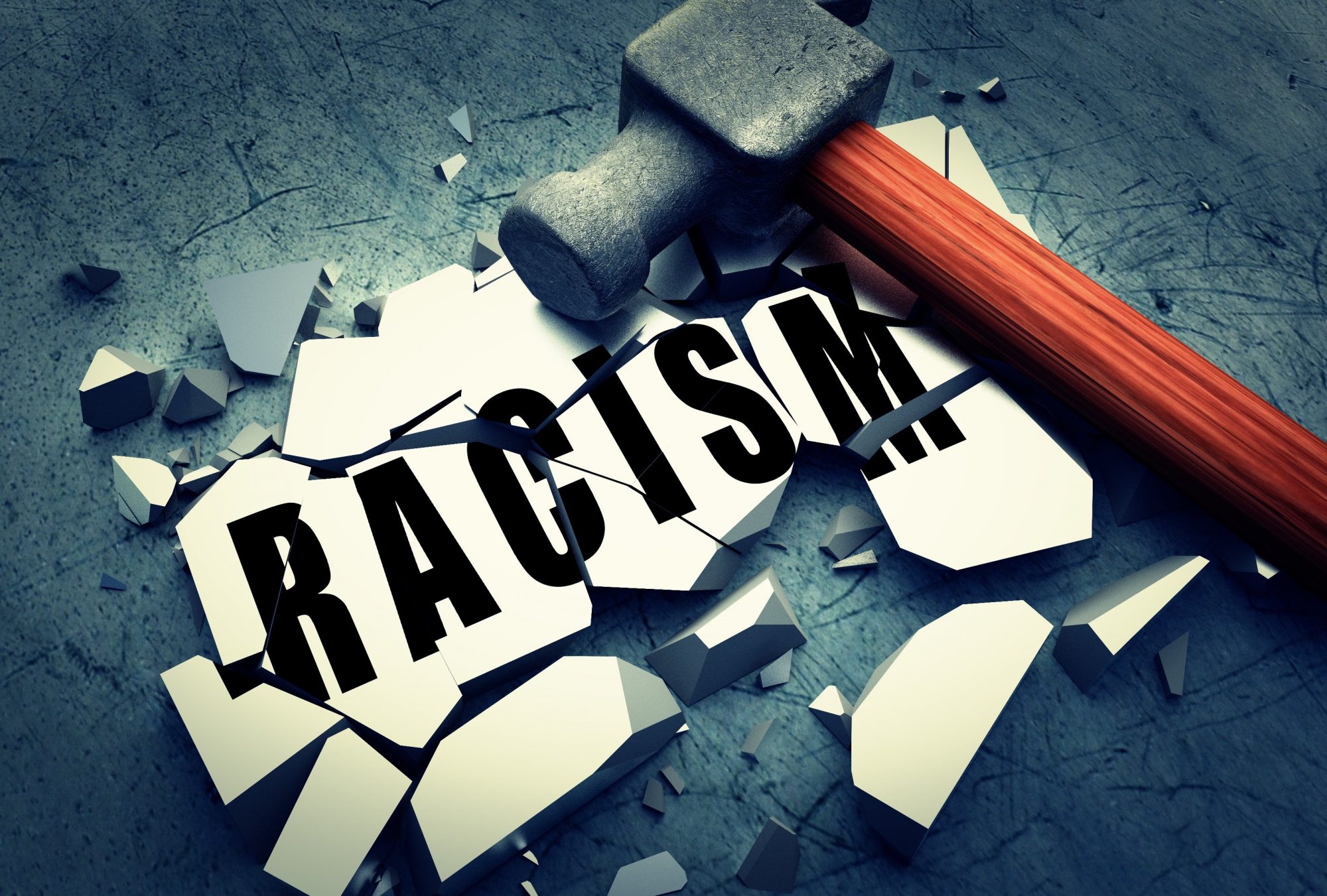The assigned readings for the discussion were “Color-Blind Ideology and the Cultural Appropriation of Hip-Hop” and the Cultural Appropriation packet. The first reading illustrated how white kids participated in the cultural appropriation of hip-hop by engaging in a color-blind ideology. The author performed a social study in which interviews about hip hop culture were conducted with white concert-goers. This reading was interesting because it exemplified how the black space shifted to a white space, and the white people in this setting used their participation in the culture to deny the reality of inequality. Hip hop was created by the black community but overtime shifted to become dominated by whites. White rappers like Eminem even began to replace black artists.
The second set of readings (from the cultural appropriation packet) discussed different ways in which cultural appropriation manifests itself today. I found it interesting to explore where the line is drawn between appreciation and appropriation, and I liked pondering which specific aspects of culture can be appropriated. For example, can Taco Bell be considered cultural appropriation because the fast food industry is “whitening” traditional dishes? I also was intrigued by the opinion articles on cultural appropriation, especially the piece called “Cultural Appropriation is a Joke,” which encouraged the cultural appropriation of Halloween costumes because the author considered this to be respectful engagement with another culture and would help the individual discover similarities across cultures.
In our presentation to the class, Kennedi and I first defined cultural appropriation as the adoption of the customs, practices, or ideas of one group by members of another and typically more dominant people or society. There is often a power imbalance associated with cultural appropriation- the powerful take from the powerless. We then instigated a pair share in which we posed general questions to the class about the readings. Each group had a different response to which readings most intrigued them or what most surprised them in reading about cultural appropriation.
My favorite part about the facilitated discussion was the agree/disagree activity. This activity required the student to choose a side in their agreement disagreement with controversial statements. The activity sparked concerns over when cultural appropriation was okay or not okay, and I enjoyed the conversation surrounding the acceptability of cultural appropriation when a minority group appropriates the dominant group.
Kennedi and I ran out of time to finish this agree/ disagree activity, and we were not able to conclude our presentation with additional questions and other examples of cultural appropriation that we had brainstormed. I had wondered what the class would have thought about the new Barbies and American Girl dolls that are of different races, body types, and abilities/disabilities. Is this a positive change to our culture? Are we doing enough to combat whitewashing and color-blind racism? Is cultural appropriation getting better or worse over time? Or does it just change forms? These are some of the questions I left the discussion with last Wednesday. The discussion made me more aware of the ways in which our society takes from other cultures and has made me reflect on what is acceptable and what needs to change.

I really enjoyed the agree/disagree activity you guys did in class, it was an intuitive way to get people talking about a topic that can get really complicated. Cultural appropriation is a really interesting topic because it’s so current – there are new examples to debate every day. In response to one of the last questions from your post, I think cultural appropriation is going to become less of an issue in the future. If the argument is between appreciation and appropriation, teaching people who may be on that line, or even in the direction of appropriation that they are being insensitive would (ideally) encourage them to learn more about the culture they want to appreciate. This, in turn, would make them consider more respectful ways to honor a culture they appreciate in the future.